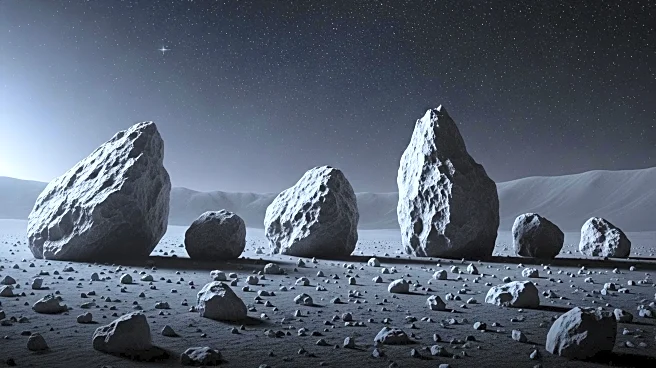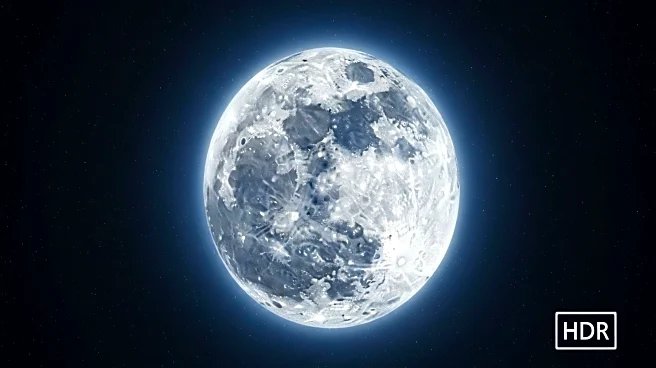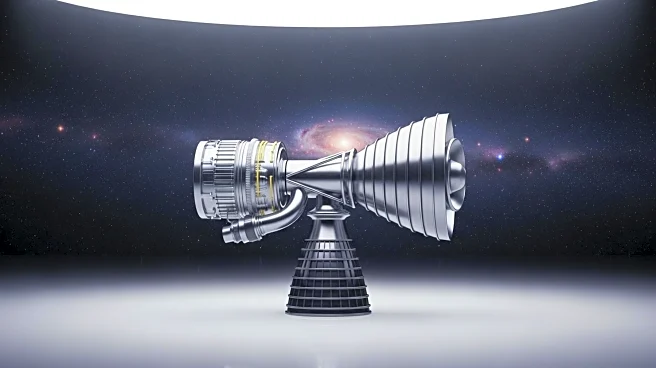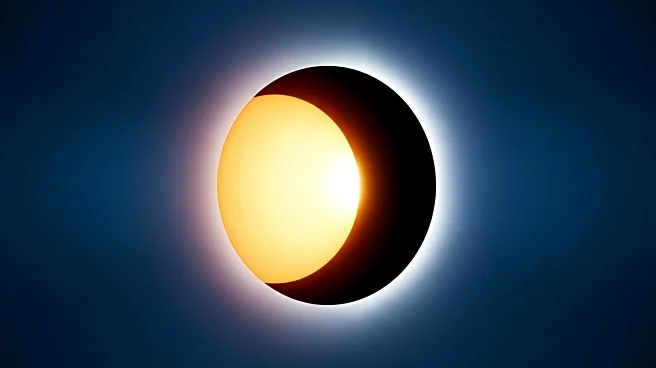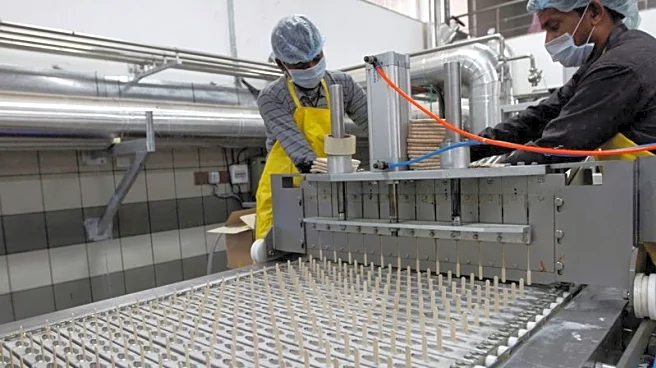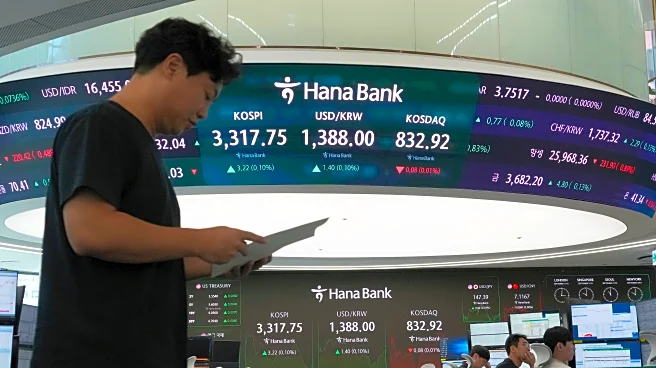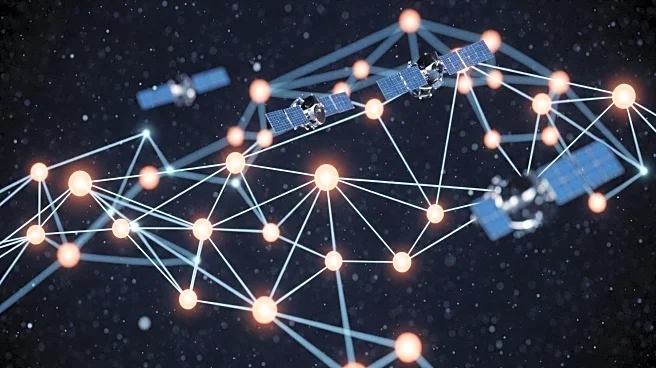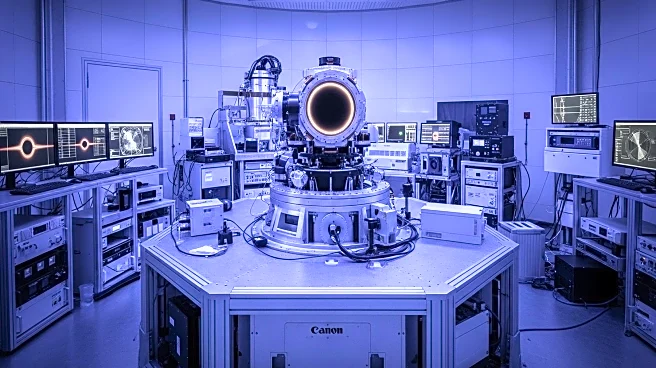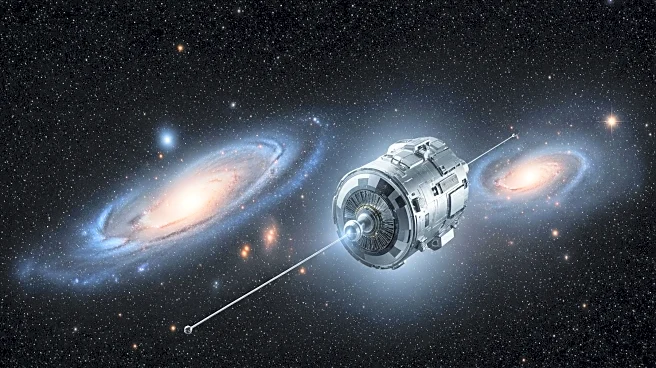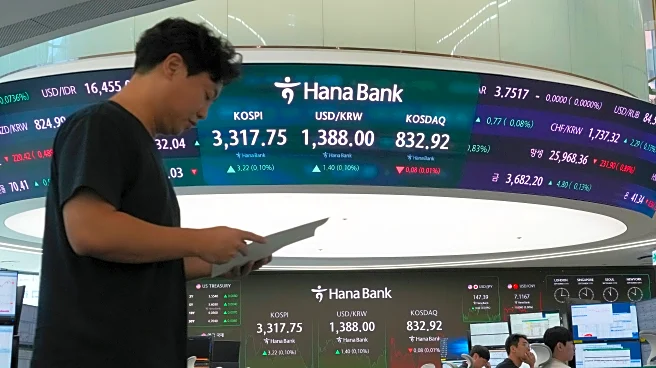What's Happening?
Scientists have successfully geolocated and dated evidence of recent boulder falls on the moon, challenging the long-held belief that the moon is geologically inactive. The study, led by Sivaprahasam Vijayan from the Physical Research Laboratory in Ahmedabad, India, identified 245 fresh tracks created by boulders rolling, bouncing, and sliding down crater walls. These tracks appear brighter due to the exposure of unweathered subsurface material. The research involved analyzing images from NASA's Lunar Reconnaissance Orbiter Narrow Angle Camera taken between 2009 and 2022, focusing on latitudes where sunlight makes these tracks distinguishable. The study also estimated the age of these tracks by comparing them with impact ejecta blankets, suggesting that the boulder falls are relatively recent.
Why It's Important?
This discovery has significant implications for understanding lunar geology and potential future lunar missions. Identifying seismically active regions and fresh impact sites on the moon can inform landing site selection for missions focused on recent surface and subsurface activity. The findings suggest that the moon is not entirely geologically dead, as previously thought, and that seismic activity may still occur. This could impact future exploration strategies and the deployment of scientific instruments, such as seismometers, to monitor lunar seismic activity continuously.
What's Next?
The study authors plan to integrate artificial intelligence methods into their research to more precisely determine the causes of boulder falls, whether endogenic or exogenic. Deploying additional seismometers in upcoming lunar missions is considered crucial for monitoring seismic activity and understanding the moon's geological dynamics. This could lead to a more comprehensive geological map of the moon, aiding in the planning of future exploration and scientific endeavors.
Beyond the Headlines
The study highlights the need for a large network of seismometers covering the entire moon to monitor seismic activity continuously over several decades. This could provide deeper insights into the moon's geological processes and contribute to the broader understanding of planetary geology.
